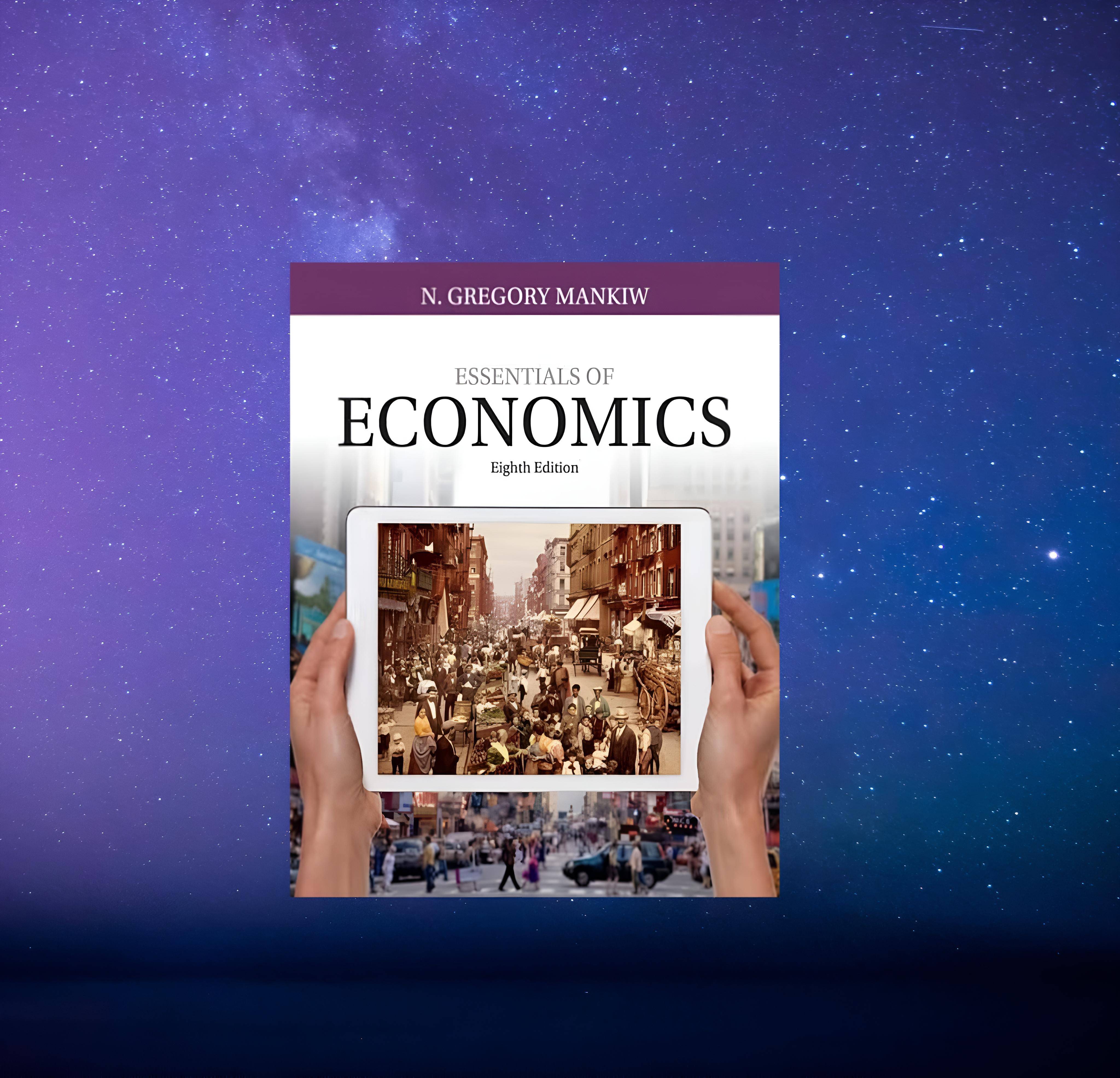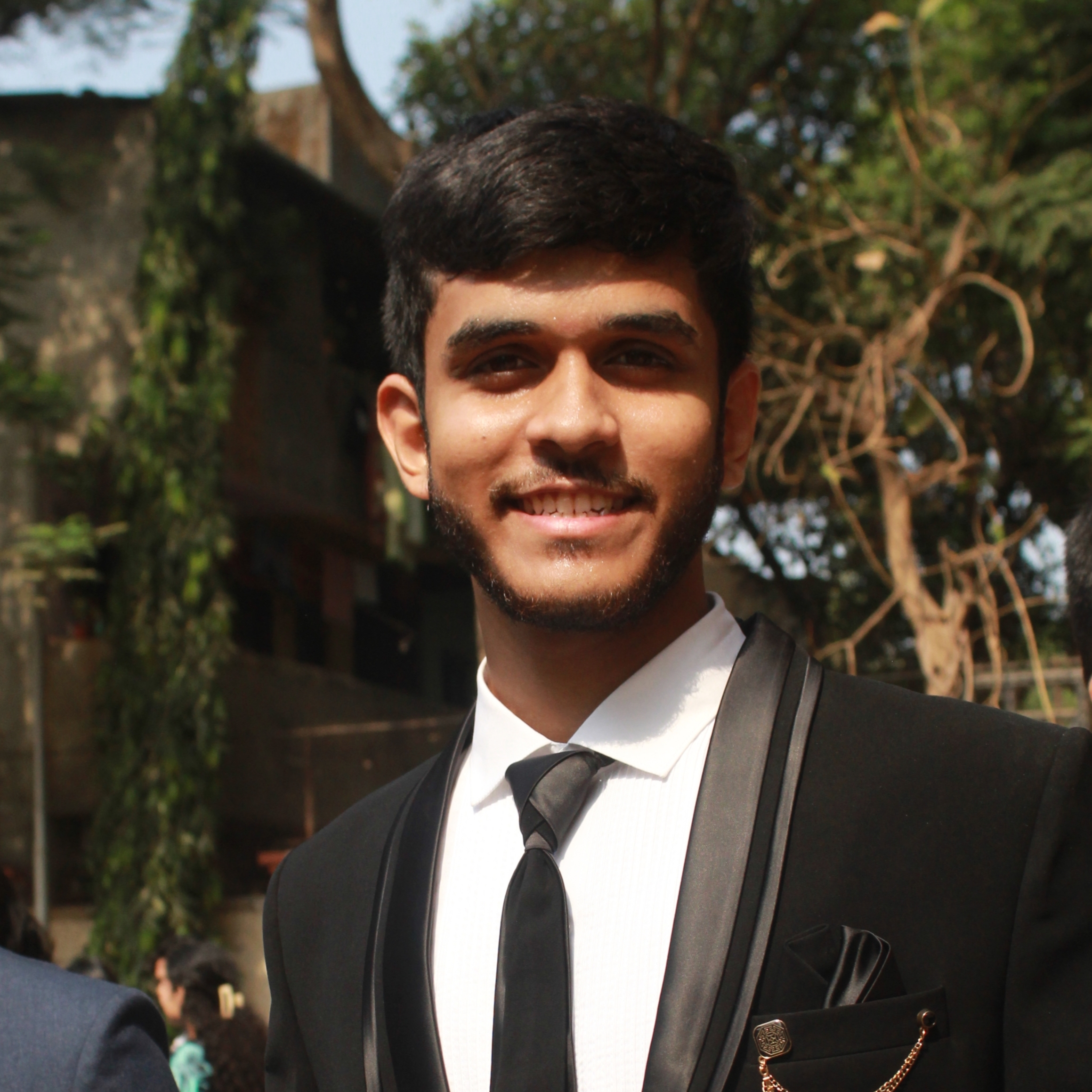Back
SHIV DIXIT
CHAIRMAN - BITEX IND... • 1y
📖 DAILY BOOK SUMMARIES 📖 🚀 12 Lessons from 👉 🔥 Essentials Of Economics 🔥 ✨ By N - Gregory Mankiw ✨ 1. Ten Principles of Economics Mankiw starts by introducing the ten basic principles that form the foundation of economic thinking • People Face Trade-offs: Choosing one option often means giving up another • The Cost of Something is What You Give Up: Opportunity cost is key to decision-making • Rational People Think at the Margin: Small, incremental adjustments help maximize outcomes • People Respond to Incentives: Behavior changes in response to incentives • Trade Can Make Everyone Better Off: Specialization and trade improve efficiency • Markets Are Usually a Good Way to Organize Economic Activity: The "invisible hand" of markets helps allocate resources • Governments Can Sometimes Improve Market Outcomes: Especially in the presence of market failures • A Country’s Standard of Living Depends on Its Production: Productivity determines economic growth • Prices Rise When the Government Prints Too Much Money: Inflation is linked to money supply • Society Faces a Short-run Trade-off Between Inflation and Unemployment: A key relationship in macroeconomic policy 2. How Markets Work • Supply and Demand: Explains the basic mechanics of markets and how supply and demand set prices • Elasticity: Importance of understanding how quantity demanded or supplied reacts to changes in price, income, etc • Market Efficiency: How the equilibrium price maximizes total welfare and allocates resources efficiently 3. Market Failure • Externalities: When market outcomes affect third parties, like pollution. Government intervention may be necessary • Public Goods and Common Resources: Public goods (non-excludable and non-rivalrous) can lead to free-rider problems, while common resources (like fisheries) may be overused 4. Government’s Role in the Economy • Taxes: How taxes impact supply and demand, create deadweight loss, and reduce efficiency • Subsidies and Price Controls: Minimum wage, rent controls, and subsidies can distort markets, often with unintended consequences 5. The Economics of the Public Sector • Government Spending and Taxes: Examines how governments collect revenue (taxation) and the impact on the economy • Budget Deficits: How borrowing affects future generations and the economy’s long-term growth 6. Firm Behavior and the Organization of Industry • Costs of Production: The difference between fixed and variable costs, and how firms decide on output levels to maximize profit • Market Structures: Overview of different types of markets: perfect competition, monopoly, oligopoly, and monopolistic competition. • Monopoly Power: When one firm dominates the market, leading to inefficiency and higher prices 🔗 You can download whole book freely from comment section and read other points of this summary 🔗

Replies (2)
More like this
Recommendations from Medial
Shriyam jha
Building the future,... • 4m
Curious to know how experienced founders validate ideas and study markets. What tools/sites do you use for market + competitor research? How do you understand customer pain points? Any underrated hacks or resources? Would love your insights! 🙌
See MoreVedant SD
Finance Geek | Conte... • 1y
Day 70: Bengaluru's Startup Ecosystem: A Global Stage Bengaluru's startup ecosystem has evolved into a global powerhouse. Here's how to leverage this international exposure: * Tap into Global Talent: Recruit top talent from around the world to fuel
See MoreVedant SD
Finance Geek | Conte... • 1y
Day 66: Bengaluru's Startup Ecosystem: A Global Stage Bengaluru's startup ecosystem has evolved into a global powerhouse. Here's how to leverage this international exposure: * Tap into Global Talent: Recruit top talent from around the world to fuel
See MoreOMPRAKASH SINGH
Founder of Writo Edu... • 12m
How do some stocks suddenly rise in the stock market? Let’s find out 🤯 Market and Economic Factors 1. Demand and Supply: When the demand for a stock increases and supply decreases, its prices rise. 2. Economic Growth: If a company's business is
See MoreDownload the medial app to read full posts, comements and news.






























